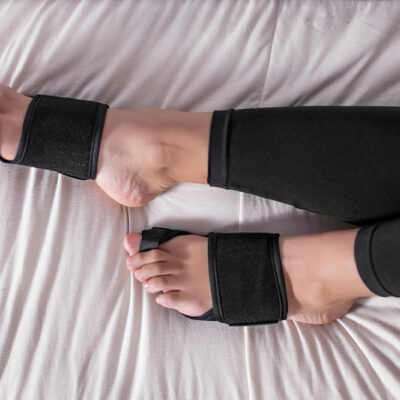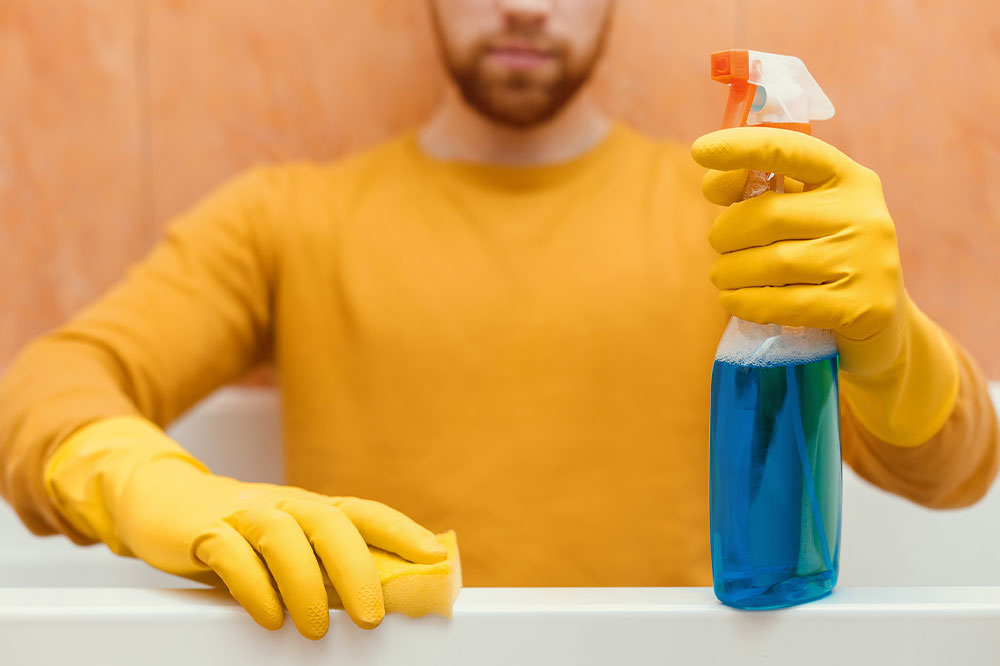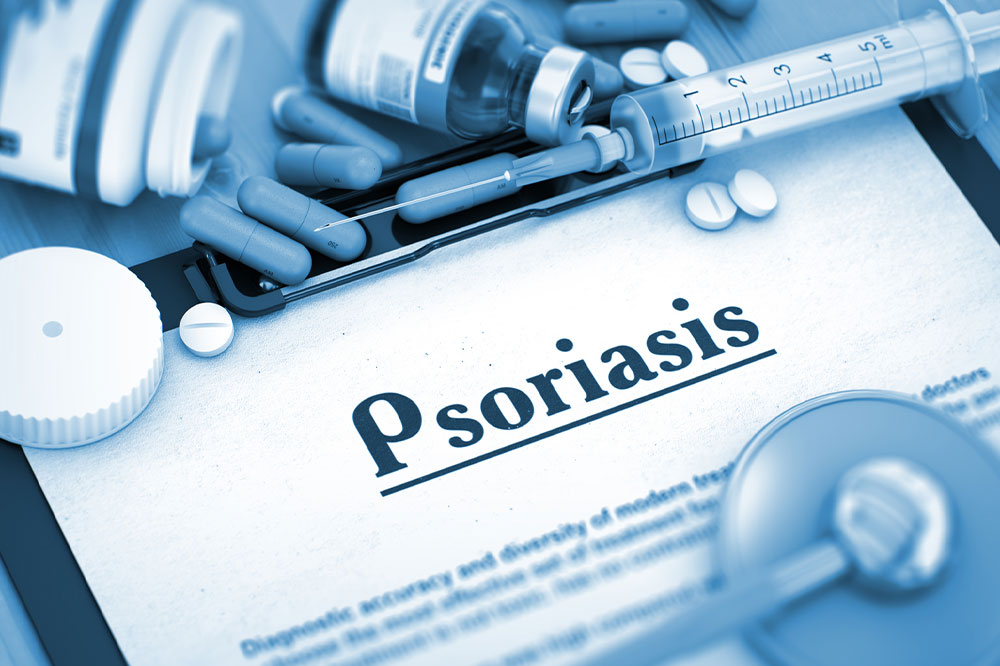Overactive Bladder – Management Options, Prevention, and Causes

An overactive bladder (OAB) results in frequent, unexpected urges to urinate. When one is dealing with an overactive bladder, they can experience frequent urges during the day and at night, along with incontinence. However, simple changes, such as better food choices, timed voiding, and bladder-holding techniques utilizing the pelvic floor muscles, can help one manage the symptoms of an overactive bladder. Here are a few things one should know when affected by OAB:
Signs
One may experience the following symptoms:
- Sudden and frequent urge to urinate
- Accidental urination right after experiencing an urge to urinate (urgency incontinence)
- Frequent urination, typically two or more times every few hours
- Need to go to the washroom more than two times every night (nocturia)
Even if one can urinate normally when dealing with an overactive bladder, symptoms like unexpected frequent urination and nighttime urination can disrupt daily routine and cause discomfort. Doctors may refer the patient to a urologist, who focuses on illnesses and conditions of the reproductive system and urinary tract. One should consult a doctor as soon as they notice any of the signs. Overactive bladder is common in older adults, but some women can develop the issue at about 45.
Ways to manage an overactive bladder
People with overactive bladder may respond to a variety of therapies. One can make many lifestyle changes to deal with such health concerns, like avoiding unhealthy habits, undergoing treatment, and nerve stimulation. Here are some other ways to manage OAB:
Keeping track of urinary activity: A health professional might ask one to maintain a bladder diary for a few days. When determining the reason for OAB, the doctor can help in managing the symptoms better when they understand the cause or trigger. Ideally, a bladder journal should keep tabs on the following:
- Foods and drinks one chooses
- Quantity of daily foods and drinks
- When and how much does one urinate?
- How frequently does one experience a sudden desire to urinate?
- Frequency of incontinence
- Things that make one urinate, such as coughing, sneezing, or giggling
Undergoing treatment: Doctors may recommend a variety of treatment options to control muscular bladder spasms. One should understand the side effects and risks before opting for the treatment.
Sacral nerve stimulation: This is a procedure to stimulate the nerves that control the bladder. Here, the doctor will insert a tiny gadget called a neurotransmitter under the skin near the buttock. A wire close to the sacral nerve (the nerve in the lower spine) will receive electrical signals from the neurotransmitter, helping control the bladder. The frequency of urges and incontinence can be reduced with sacral nerve activation, making it a popular therapy for managing an overactive bladder. Furthermore, one can go home right after the procedure as it is an outpatient treatment.
Percutaneous tibial nerve stimulation: Here, small nerve impulses are transmitted to a nerve branch close to the ankle. The signs block bladder spasms, reducing the urge to urinate.
Retraining the bladder: When dealing with OAB, the bladder muscles are used to responding in a particular way. Retraining the bladder can help the bladder hold urine for a longer period. The process calls for resisting the urge to pee, decreasing the frequency of washroom visits, and urinating on a schedule. Here, one should track their urination pattern and try to increase the time between feeling the urge to pee and peeing. This is a gradual process that can help train the bladder.
Prevention
The following lifestyle choices may lower the risk of developing an overactive bladder:
- One should exercise regularly and incorporate some form of physical activity into their daily routine.
- One should reduce their caffeine intake.
- Managing the risk of diseases like diabetes can lower the risk of OAB.
- One should work on strengthening their pelvic muscles through exercises known as Kegels.
Causes
An overactive bladder can be a result of a malfunctioning detrusor muscle. The bladder wall consists of smooth muscle fibers that make up the detrusor muscle. The malfunction is brought on by the following issues:
- Abdominal trauma: The pelvic muscles can be stretched and weakened during pregnancy and delivery. The tissues and muscles in the pelvis support the organs in the lower belly. If pelvic muscles deteriorate, the bladder may sag.
- Nerve damage: Radiation treatment, herniated discs, Parkinson’s disease, multiple sclerosis, or a stroke are a few conditions that can damage the nerves. Here, the body occasionally signals to the brain and bladder to urinate when not required.
- Prescription options and coffee: Intake of both these items can make one feel numb, which alters brain impulses and makes the bladder overflow. Caffeine and diuretics can make the bladder fill up quickly as well.
- Infections: The bladder nerves may become irritated by an infection, such as a urinary tract infection (UTI), making it suddenly contract.
- Estrogen deficiency: Following menopause, one may experience hormonal imbalance that triggers incontinence.
One should monitor their daily habits to notice the signs of an overactive bladder and seek immediate help if they notice lasting changes in their urination pattern.
Diagnosis
A health professional confirms an overactive bladder by reviewing symptoms and examining the organs close to the pelvis and rectum. They might ask patients questions like:
- What signs does one have?
- How long have they experienced this condition?
- Does one have a history of the issue in their family?
- Which prescriptions do they take?
- Which fluids do they have throughout the day?
- At what time of day do they have water and other fluids?
- What does one eat during the day?
If one has concerns regarding changes in their urination pattern, health providers can assist with any such queries. They can identify the root cause of the overactive bladder and collaborate with patients to come up with the most suitable treatment plan. Apart from getting appropriate treatment, one should prioritize maintaining a healthy lifestyle to prevent worsening health conditions.
















